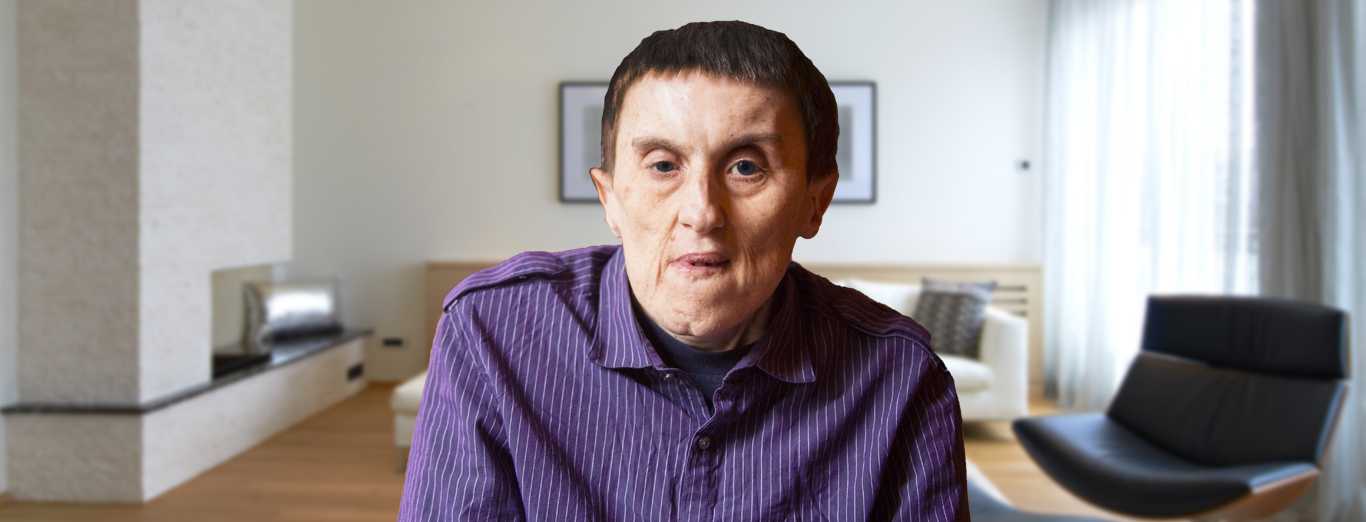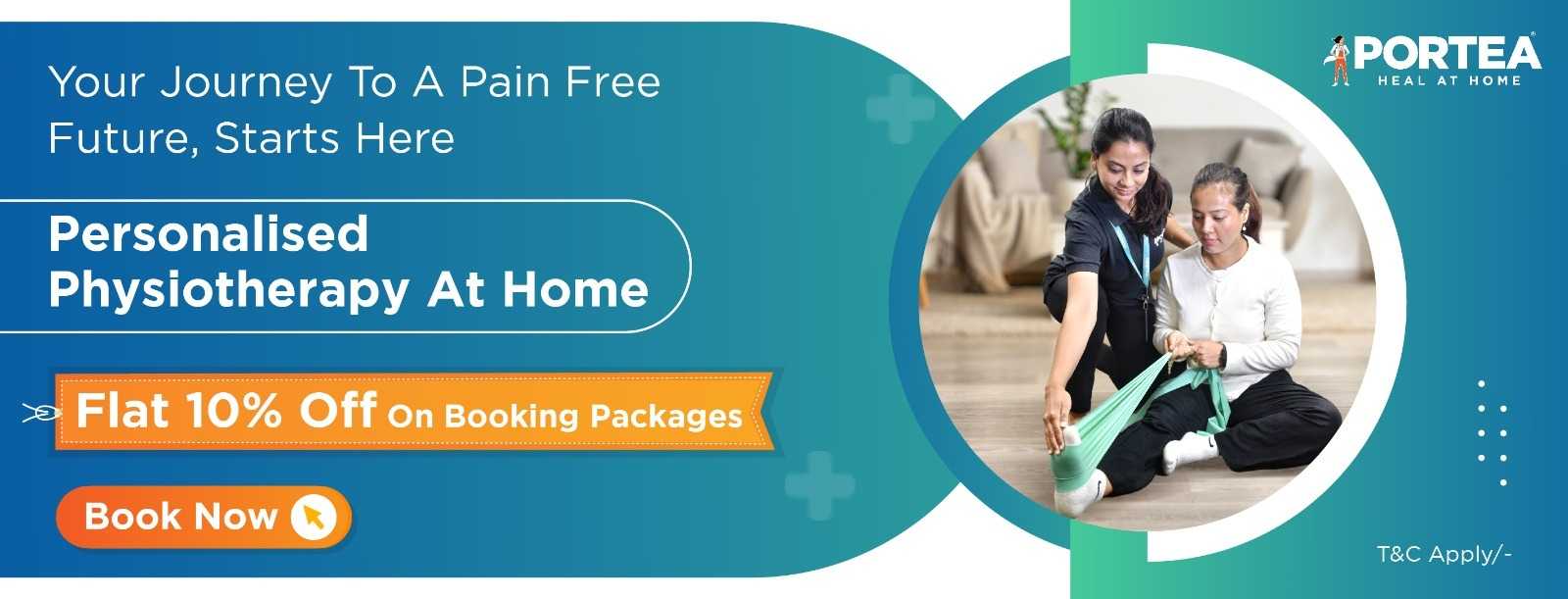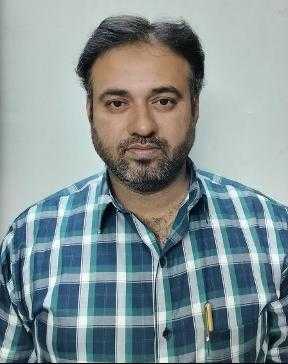
physiotherapy treatment for cerebral palsy
Expert Physiotherapy at Home
Personalised Recovery Programmes
Trusted Physiotherapists. Real Results.
Patient Testimonials
Our Medical Team
Meet some of our experienced and dedicated healthcare professionals
Dr. Lokesh G
15 Years Experience
SPECIALIZATIONS
Experienced in Neurological rehabilitation, Orthopaedic physiotherapy, and Paediatric care
Delivers structured, high-impact treatment plans across neuro, ortho, and paediatrics—ensuring safety, comfort, and measurable recovery at every stage.
Dr. Mohammed Sarwar
15 Years Experience
SPECIALIZATIONS
Experienced in Neurological rehabilitation, Adult physiotherapy, and Paediatric care
Combines deep clinical expertise with a compassionate approach, supporting both adults and children through neuro and physical rehabilitation that promotes long-term independence and recovery.
Dr. Nelapati Divya
12 Years Experience
SPECIALIZATIONS
Skilled in Orthopaedic rehabilitation, Manual therapy techniques, and Paediatric physiotherapy
Brings a personalised, hands-on approach to healing—combining structural expertise with paediatric sensitivity to restore movement, relieve pain, and improve everyday function.
Dr. Naveen V
3 Years Experience
SPECIALIZATIONS
Trained in Pain management, Cardiac and Orthopaedic rehabilitation, Neurological care, and Neural tissue mobilisation
Brings clinical precision and empathy together—designing science-backed recovery protocols for pain relief, nerve mobilisation, and cardio-neuro-ortho rehabilitation across all age groups
Dr. Miloni Savla
2 Years Experience
SPECIALIZATIONS
Holds an MPT in Orthopaedics with a focus on Musculoskeletal rehabilitation and strength recovery
Delivers focused, movement-oriented therapy grounded in orthopaedic science—helping patients rebuild strength, restore function, and return to daily life with confidence

what is cerebral palsy?
Cerebral Palsy refers to a group of neurological conditions that affects motor skills, movement and muscle tone. The condition leads to sight, hearing and learning difficulties. Cerebral Palsy in children is one of the most common forms of motor skills disability, affecting roughly 2 to 3 children out of every 1000 children. Speech and language disorder is very common among people with cerebral palsy. Cerebral palsy itself isn’t progressive. However, the changes do change over time. Growth spurts, dynamic levels of activity and ill health can even modify the consequences.
Some of the disorders associated with cerebral palsy include intellectual disabilities, seizures, muscle contractures, eye muscle imbalance, abnormal gait, communication disorders, sleep disorders, malnutrition, osteoporosis and anxiety and depression.
Content is medically reviewed by:
Shruti Bangera, Masters In Neurological Physiotherapy, Senior Physiotherapist & SME, Portea
cerebral palsy causes
The main cause of cerebral palsy is believed to be damage to the fetal or infant brain before or during birth and or anytime before 5 years of age. This happens when the cerebrum region of the brain gets damaged owing to varied reasons like; infection, maternal health problems, genetic disorder, mutations, fetal stroke, breech births, complicated labor and delivery or basically any other heath issues that might prevent the proper development of the fetal brain.
Premature babies especially those weighing less than 3.3 pounds are more susceptible to cerebral palsy. Besides that any kind of brain damage during infancy can also result in cerebral palsy. Brain damage in infants could be due to injury, lead poisoning, bacterial meningitis and poor blood flow to the brain.
what all are cerebral palsy types:
Cerebral palsy types depend upon the location of the movement disorder. There are four different types of cerebral palsy namely;
- Spastic Cerebral Palsy – It is one of the most common types of cerebral palsy and mainly causes stiffness and movement difficulties in the patient. It results due to damage to the brain’s ‘motor cortex’.
- Dyskinetic/Athetoid Cerebral Palsy – This type of cerebral palsy is caused by damage to the ‘basal ganglia’ region of the brain that is responsible for controlling balance and co – ordination. The dyskinetic cerebral palsy often causes involuntary tremors and uncontrolled movements.
- Ataxic Cerebral Palsy – Damage to the cerebellum, mainly leads to this form of cerebral palsy, where patients are faced with balance and depth perception problems.
- Mixed Cerebral Palsy – mixed cerebral palsy is a mix of various types of cerebral palsy, where a patient displays symptoms of more than one type of cerebral palsy.
Besides the above type of cerebral palsy, this neurological condition is further classified according to the location of the muscle spasticity stemming from the damage to the brain, like – Monoplegia, Paraplegia, Hemiplegia and Quadriplegia.
cerebral palsy in adults
As kids with cerebral palsy grow into adults they transition to adults with cerebral palsy. It is during this time that many effects of the condition start to manifest themselves in a more pronounced manner. However, many adults with cerebral palsy are able to live a full life depending upon the severity of the neurological condition. Cerebral Palsy in adults is not only difficult for the parents but also for the adult patient, as they are faced with varied challenges like; premature aging, walking and swallowing disorders, post – impairment syndrome and mental health conditions.
It is essential to get proper health care as part of cerebral palsy treatment for adults, for the better management of the symptoms and a better quality of life.
cerebral palsy symptoms
The symptoms for Cerebral Palsy vary from children to children and also depend upon the severity of the brain injury. Some of the symptoms of cerebral palsy are highly noticeable, while others pass unnoticed.
Some of the common cerebral palsy symptoms are;
- Muscle Issues: Exhibiting either stiff or floppy muscles.
- Involuntary Movements: Unintentional movements and tremors.
- Drooling: Excessive saliva production and difficulty in swallowing.
- Seizures: Epileptic episodes may occur.
- Coordination and Balance: Challenges in maintaining balance and coordination.
- Speech Difficulties: Impaired ability to communicate verbally.
- Motor Skill Delays: Slower development of motor skills.
- One-Sided Movement Problems: Difficulty in movement on one side of the body.
- Incontinence: Lack of control over bladder or bowel movements.
diagnosis for cerebral palsy
A cerebral palsy specialist is best equipped to diagnose the condition. The doctor might recommend various imaging tests to make the final diagnosis, like;
MRI (Magnetic Resonance Imaging): This non-invasive technique provides detailed images of the brain, allowing specialists to identify abnormalities and assess the extent of brain damage, crucial for confirming cerebral palsy.
CT Scan (Computed Tomography): This imaging method uses X-rays to create cross-sectional images of the brain, assisting in the visualization of structural abnormalities that may be associated with cerebral palsy.
EEG (Electroencephalogram): Monitoring electrical activity in the brain, an EEG helps identify abnormal patterns that may indicate epilepsy, a common co-occurring condition with cerebral palsy.
Cranial Ultrasound: Particularly useful for diagnosing cerebral palsy in infants, this non-invasive imaging technique assesses brain structures through sound waves, offering insights into potential abnormalities.
cerebral palsy treatment
As per the cerebral palsy treatment guidelines, the cerebral palsy treatment program is twofold – treatment early in life and lifelong management. It is important to remember there is currently no cure for cerebral palsy. However, the symptoms can be better managed through various types of cerebral palsy therapy, braces, medication and surgery to allow a fuller life depending upon the severity of the condition. The various kinds of specialists and therapy involved with cerebral palsy are Physiotherapists, Speech Therapists, Occupational Therapists and Pediatricians among others.
physiotherapy for cerebral palsy
Cerebral palsy and physiotherapy in India has improved by leaps and bounds with the availability of more specialized healthcare and well trained specialists Physiotherapy plays a major role in cerebral palsy treatment. This cerebral palsy physiotherapy has been known to help with muscle stiffness, relieving pain and the improvement in mobility through varied specialized exercises. The main aim of physiotherapy in cerebral palsy is to help the child with cerebral palsy achieve full fitness and independence as per their potential.
how to prevent cerebral palsy
Since most cases of cerebral palsy are related to fetal brain damage, some of the few precautions that can be undertaken by expecting mothers are as follows;
- Be up to date with vaccinations against diseases like rubella that is believed to cause fetal brain damage.
- Take proper care of yourself and follow a nutritious diet to reduce the risk of any complications that can lead to fetal brain damage.
- Take early and continuous prenatal care to reduce any health risk to you and the baby and prevent cases of pre – mature delivery, low birth weight and infections.
- Be vigilant about your child’s safety and exercise safety habits like car seats, helmets for bicycle riding, etc.
Things to remember for cerebral palsy
- Cerebral Palsy is a non progressive disorder.
- People with cerebral palsy have severe seizures that last longer and are difficult to manage.
- It is important to start physiotherapy as early as possible for the maximum improvement and benefit to the child.
- 2 out of 3 children with cerebral palsy can walk with or without mobility aids.
- 3 out of 4 with cerebral palsy are able to communicate with or without speech and hearing aids.
how can we help?
Portea, a healthcare service provider, empathizes with the challenges of cerebral palsy. Our seasoned physiotherapists for Cerebral Palsy have effectively empowered numerous children with cerebral palsy, enabling them to lead fulfilling lives. We specialize in delivering personalized cerebral palsy physiotherapy treatment at home.
With Portea, you gain more than just healthcare services; you find a partner dedicated to your recovery and well-being. We offer a spectrum of top-tier healthcare solutions, including doctor consultations, medical equipment, nursing home care, and dedicated caretakers. Our specialized physiotherapy services are designed for enhancing motor skills and performance, particularly for cerebral palsy patients.
At Portea, we are committed to providing comprehensive healthcare with the convenience and comfort of receiving treatment in the familiar environment of your home. Our dedicated physiotherapy services aim to train patients in managing motor development and enhancing performance.
ALSO CHECKOUT:
faqs
What are the latest developments in treating cerebral palsy?
Stem cell therapy is currently in its early stages for addressing cerebral palsy. Further research is required to assess its effectiveness. Clinical trials are underway, investigating the potential benefits of introducing stem cells into the body through umbilical cord blood infusions.
How do physiotherapists help children with cerebral palsy?
In assisting children with cerebral palsy, physiotherapists collaborate with both the individual and their support system, providing guidance on exercises, therapy, and supportive equipment to help achieve specific goals. They offer support in developing new motor skills, enhancing or preserving existing abilities, and provide advice on relearning postural and movement skills. This comprehensive approach aims to empower individuals with cerebral palsy to optimize their physical capabilities and improve overall functionality.
Is it possible for children with CP to walk?
Approximately 50%-60% of children with CP can walk independently. Many of these children may experience co-occurring conditions, which are additional disorders or diseases alongside their CP. For instance, around 4 in 10 children with CP also have epilepsy, and about 1 in 10 are diagnosed with autism spectrum disorder.
What are the recommended exercises for individuals with cerebral palsy to enhance mobility?
- Wheelchair Pushes: Ideal for those with lower body CP, this exercise strengthens arms and chest while providing a cardio workout.
- Wheelchair Push-Ups: A beneficial exercise targeting upper body strength.
- Resistance Band Training: Incorporating resistance bands helps in building muscle strength.
- Weighted Cuffs Movement: Enhance your workout by incorporating weighted cuffs for added resistance.
- Aquatic Exercises: Taking advantage of water resistance, aquatic exercises offer a low-impact option for improving overall strength and mobility.
Which foods are not recommended for individuals with cerebral palsy?
Avoiding foods that can contribute to constipation and acid reflux is advisable, as identifying specific trigger foods can be challenging. To minimize the risk of constipation, it is recommended to steer clear of particularly problematic foods, including processed snacks, junk foods, and fried items.
Doctor Consultation
Nursing
Physiotherapy
Trained Attendant
Elder Care
Mother & Baby Care
Lab Tests
Medical Equipment
Speciality Pharma
Critical Care











